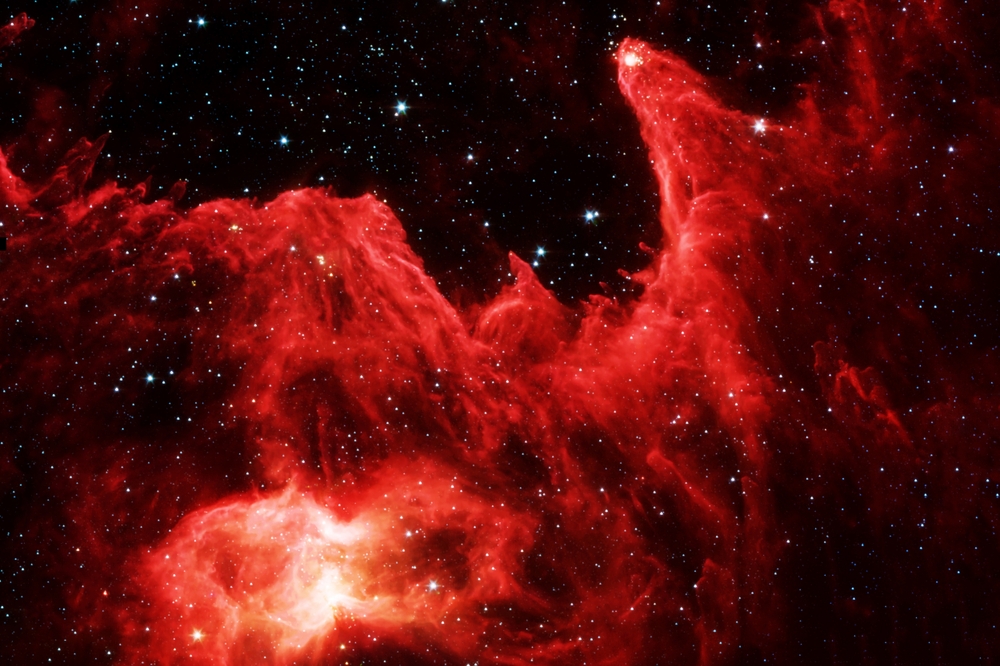Now Reading: Light from Distant Galaxy Illuminates Early Universe’s Mysteries
-
01
Light from Distant Galaxy Illuminates Early Universe’s Mysteries
Light from Distant Galaxy Illuminates Early Universe’s Mysteries

Rapid Summary
- NASA’s James Webb Space Telescope (JWST) identified ultraviolet light from a distant galaxy, JADES-GS-z13-1, existing 330 million years after the Big Bang.
- This revelation challenges previous hypotheses about early galaxy formation adn the universe’s evolution.
- The galaxy emitted a strong lyman-alpha radiation, powered by hydrogen atoms, defying expectations of light blockage from neutral hydrogen fog in the early universe.
- Through its Near-Infrared Camera (NIRc) and Mid-Infrared instrument (MIRI), JWST calculated a redshift of 13.0 for the galaxy,marking its distance and age precisely at this early cosmic epoch.
- The radiation’s origin remains unclear; theories include it coming from hot stars of the earliest generation or activity near supermassive black holes during that time period.
- Researchers plan further observations to understand how such emissions coudl correspond to reionization – when ionized gas cleared most of the neutral hydrogen fog in space.
Indian Opinion Analysis
The identification of JADES-GS-z13-1 by JWST offers profound insights into cosmology while rewriting aspects of our understanding about the universe’s formative stages shortly after its creation. For India-a nation investing heavily in space exploration through ISRO-this discovery highlights both scientific collaborations’ significance and technological advancements like infrared imaging systems that are fundamental to such breakthroughs.
Moreover, this event underscores potential areas for Indian astronomers and researchers to deepen cooperation with global institutions studying cosmic phenomena like reionization or contributing next-generation instruments for observing remote galaxies billions of years old. such developments also inspire critical discussions on government funding prioritizations toward astrophysics research projects within India’s growing scientific ambit.
























